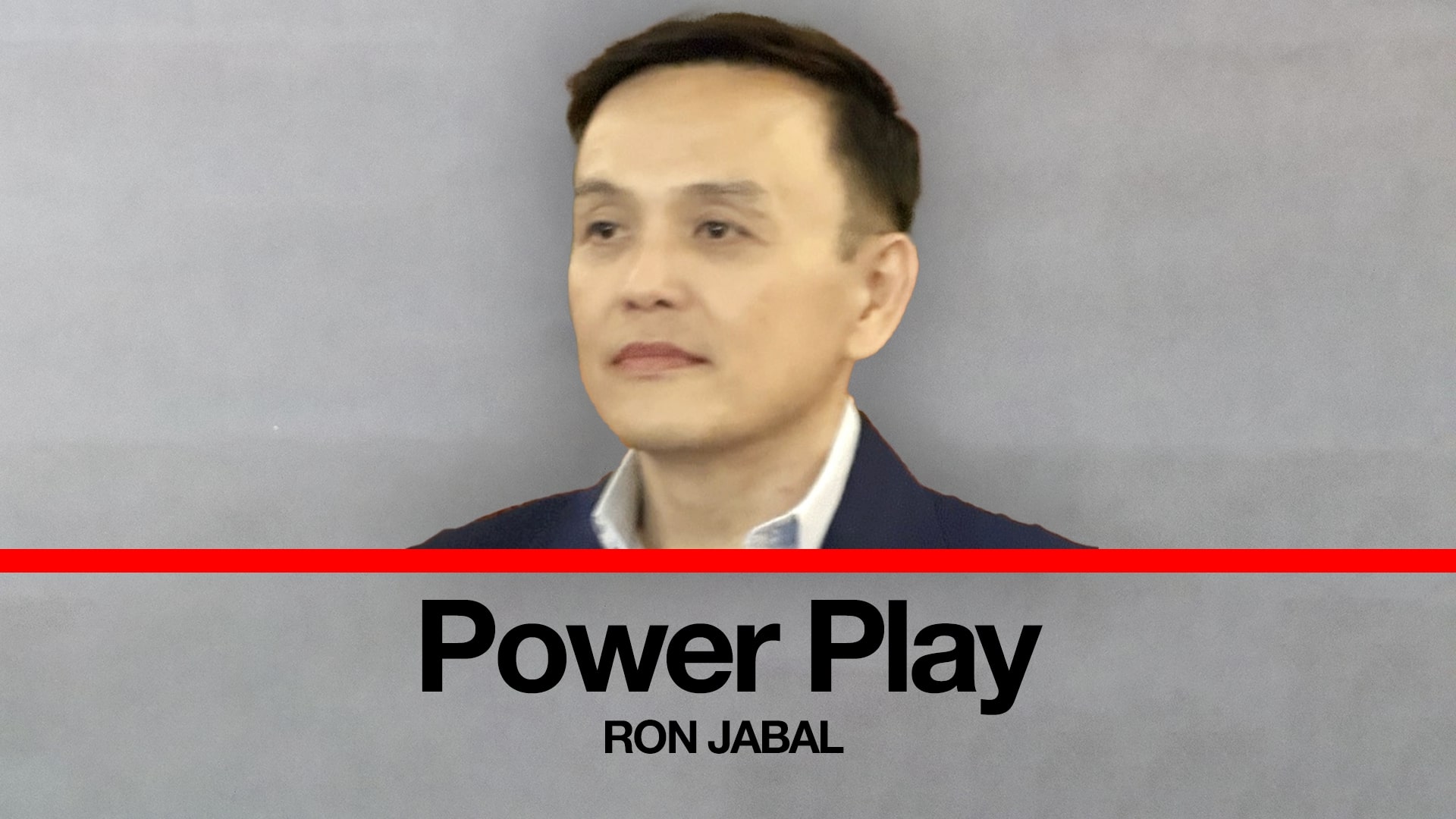The 2025 midterm elections in the Philippines delivered more than a political shake-up; they delivered a methodological reckoning. For months leading up to May 12, survey after survey painted a picture of inevitability. Administration-backed senatorial candidates dominated rankings, and opposition names struggling to break through.
But when the ballots were counted, a different narrative emerged.
The most glaring disconnect was the strong performance of comeback candidates like former Senators Bam Aquino and Kiko Pangilinan, both of whom were ranked low or even outside the Magic 12 in the final pre-election surveys. On the other hand, some of the frontrunners touted by the polls barely scraped through, raising urgent questions: How could the surveys be so wrong? What explains the gap between polling data and actual votes?
Several factors may explain this divergence, but three stand out:
1. The Rise of the Quiet Voter.
In a politically polarized environment, many voters have learned to withhold their true preferences, especially when surveyed. Fear of judgment, social pressure, or even fear of surveillance can result in respondents giving “safe” answers. This phenomenon is not new, but it appears to be intensifying. The real political sentiment of Filipinos may have moved underground, out of reach of traditional pollsters.
2. Overreliance on Urban-Centric Sampling.
Many surveys still depend heavily on respondents from urban centers where political engagement and media narratives tend to lean a certain way. This skews national sentiment and underrepresents rural and remote voters who, as this election proved, can tip the scale. The underestimation of support for certain candidates may simply be a function of blind spots in the sampling frame.
3. The Disruptive Power of Digital.
Voter preferences are now shaped in real-time by micro-targeted content, influencer campaigns, and algorithmic manipulation. Traditional surveys, even those conducted monthly, can no longer capture the pace and influence of digital opinion shifts. What was true a month ago may have been overturned by a viral video, a TikTok takedown, or a trending misinformation campaign.
The implications for future campaigns are profound.
First, political strategists can no longer treat surveys as gospel. While they remain useful tools, their predictive power is weakening. Campaigns that rely too heavily on survey numbers may find themselves blindsided. The 2025 elections showed that voters are more agile, more skeptical, and more independent-minded than many give them credit for.
Second, there is an urgent need to modernize our political research industry. Methodologies must adapt to the reality of hybrid information ecosystems, echo chambers, and emotional, performative politics. New tools must emerge that integrate sentiment analysis, behavioral cues, and social media listening.
Finally, the erosion of trust in surveys mirrors a broader erosion of trust in institutions. For surveys to regain credibility, they must be more transparent about their methods, limitations, and potential biases. Likewise, media organizations and political camps must stop weaponizing surveys as tools of inevitability.
The 2025 elections reminded us that democracy thrives in uncertainty. The people are not predictable, programmable, or passive. They surprise. They shift. They decide.
And no survey, no matter how scientific, can replace the power of the vote.





